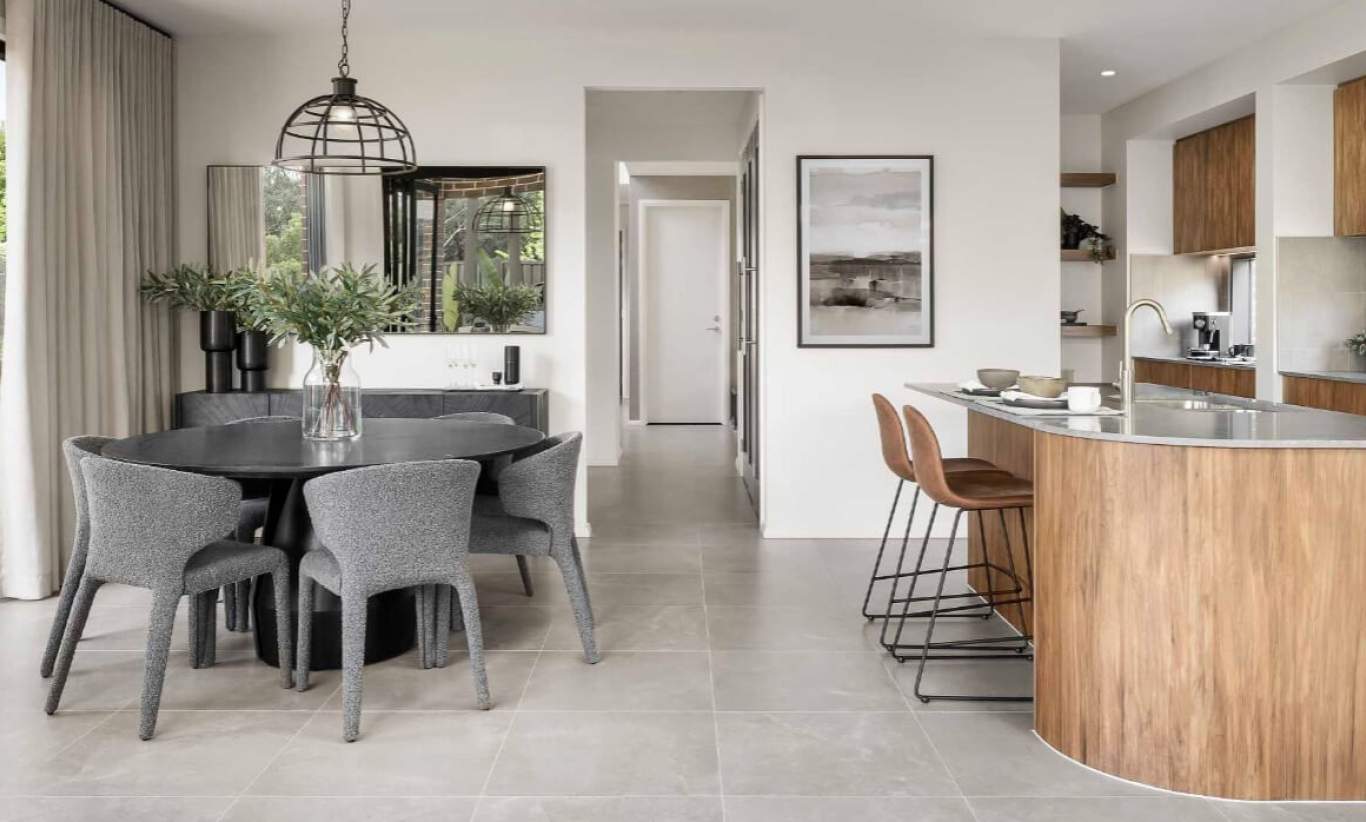How to read a floor plan
If you're venturing into the exciting journey of building a new home, familiarising yourself with the skill of interpreting floor plans becomes crucial, especially if you're a first-time builder. From understanding room dimensions to unraveling electrical plans, we've taken the hard work out for you.
WHAT INFORMATION CAN YOU GATHER FROM A FLOOR PLAN?
Floor plans are architectural drawings that provide a wealth of information about the design and functionality of a home. By examining a floor plan, you can gain a better understanding of the following:
- Room layout: Floor plans allow you to visualize the layout of each room and how they are interconnected, providing the exact sizes of each space to scale.
- Flow and traffic patterns: By studying the floor plan, you can identify how people will move freely between spaces and ensure smooth and efficient transitions.
- Architectural features: Floor plans enable you to see the architectural features of your home, such as windows, doors, staircases, and voids. These details help you determine where natural light will come from and the focal points within your home.
- Storage space: Floor plans indicate the location of all storage areas in the home, including built-ins, walk-in robes, linen cupboards, cabinets, pantries, and under-stair storage. This helps determine whether there is sufficient storage for your needs.
- Outdoor areas: Floor plans can also include details about outdoor areas such as outdoor living spaces, decks, and balconies. This allows you to see how indoor areas connect to the exterior.
HOW TO INTERPRET A FLOOR PLAN
With numerous details included in a floor plan, various symbols are used to represent different features. Take a look at the symbols commonly found in Wilson’s floor plans:
- Orientation: The compass symbol or North arrow indicates the correct orientation of the floor plan, helping you understand how it aligns with the block of land.
- Scale: The scale of the plan is typically provided in one of the corners. It represents the ratio between the dimensions on the plans and the actual measurements of the home. This helps you visualize the square footage of the interior spaces.
- Room labels: Each room is labelled to identify its purpose, such as Master Bedroom, Butlers Pantry, or Powder Room.
- Doors: Door symbols are usually represented by a straight line with a perpendicular line indicating the swing direction, or a zigzag line for bi-fold doors.
- Windows: Windows are typically depicted as narrow white boxes overlaid on the frame. The size and shape of the symbol may vary depending on the window type, and different codes may apply.
- Stairs: Stairs are indicated by a series of lines and an arrow, with the style of the symbol indicating whether the stairs go up or down.
Bathroom fixtures: Bathrooms are easily identifiable as they include a toilet symbol. Additional markings may indicate the presence of a sink, shower, or bathtub.
SIZE AND MEASUREMENTS
To truly visualize the actual space of the home, understanding how to read floor plan measurements is essential. Here are a few tips:
- Room dimensions: Each room on the floor plan should include dimensions, represented by arrows or lines indicating the length or width of the space.
Ceiling height: Check the site plans for information on the ceiling height, which gives you an overall sense of spaciousness and reveals any variations in height throughout the home. - Total square meters: Look for the total square meters of the house, usually mentioned somewhere on the floor plan. This figure is in addition to the size of the land.
- Furniture placement: Consider the room sizes and layout of each space. The provided dimensions will be particularly useful in determining how and where your furniture will fit.
You can find detailed floor plans for every Wilson Home design, enabling you to make an informed decision when selecting your dream home.




